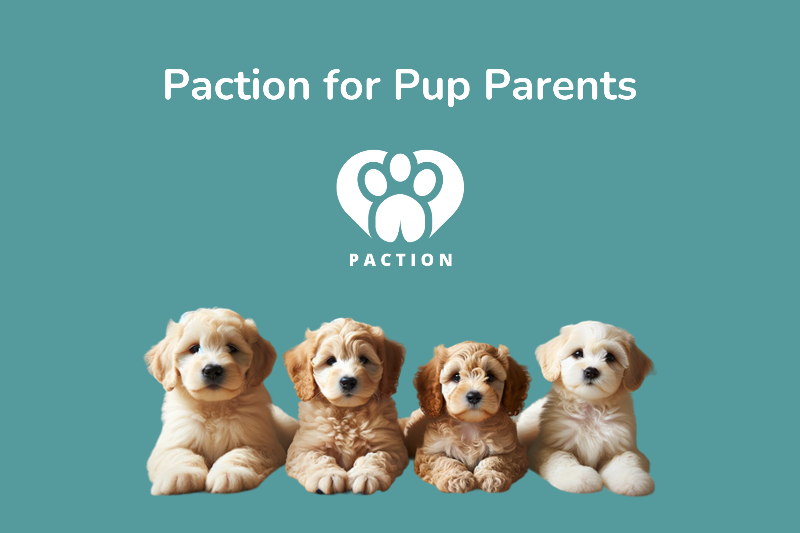The Critical Windows of Puppy Development
Developmental Stages for Your Pup
What do new pup parents need to know about the developmental stages of a dog? Puppies go through several sensitive periods, or windows, during their early development. During specific developmental windows, puppies are particularly receptive to new experiences and are more adaptable to various stimuli. These distinct critical periods are crucial for shaping a puppy's behavior and temperament.
As a general concept, exposing puppies to diverse stimuli during these critical periods is extremely important for their overall development. These can include meeting different people, encountering various surfaces, experiencing car rides, hearing different sounds, and interacting with other dogs. Positive interactions and experiences during these early stages can contribute to the development of a puppy's social skills and socialization, their resilience, and their ability to cope with new situations. Below is a summary of the most fascinating points to understand about your pup during these critical windows of development:
Puppy Socialization Period (3-14 weeks)
Puppies will reach adult levels of learning about 4-5 weeks of age and during this time, a pup’s rate of mental development will then depend on the complexity of their environment. This is also referred to as the “Golden Window” of puppy training. What’s interesting is that during this time there isn’t a ton of outward progress for the pup parent in terms of basic training which requires patience. However, if executed well at this early phase, a pup parent reaps huge rewards in the more tumultuous stages of pup development to come shortly after.
First Fear Imprint & When Pups Begin to Like People
The first super sensitive window occurs between 3 and 14 weeks of age. This is often referred to as the "first fear imprint". During this time, pups are more prone to forming lasting impressions, both positive and negative alike, based on their experiences. Early socialization is crucial to becoming well-adjusted and confident adults. Positive exposure to a variety of people, environments, sounds, and other animals during these sensitive periods helps prevent fear and anxiety-related behaviors later in life. This is important to understand because behavior problems often take root in the first four-months of the puppy’s life, but may not show up with great intensity for months.
The fourth week in the puppy timeline is also when pups begin forming emotional attachments and bonds with the people around them. While it's still too early to separate a pup from their mum and siblings, this is a great time to start getting to know the puppy you intend to take home. At this point, pups are more independent from their mother, and their social interactions expand to include humans as primary companions. Training and consistent care play a significant role in strengthening the bond during this stage.
Juvenile Period (3-6 months) For Pups
At this stage, pups are more independent from their mother and their littermate siblings too. It’s important as a pup parent to stay consistent throughout this phase. Training, positive reinforcement, and consistent care are essential during this phase to maintain a strong and positive relationship - keep going! Pups have some training and socialization under their belt and new behaviours may emerge as they approach adolescence. Zoomies can take on a whole new level of intensity at this age as they run around at top speed in circles, jumping over things. These entertaining bursts of energy are normal and generally only last a couple minutes and it’s your dog’s way of releasing built-up energy.
Adolescence Window for Dogs (6-12 months)
As pups enter the pup version of adolescence, their bonds with their human family members solidify. This developmental window is often referred to as the "adolescent awkward phase." During this stage, pups may go through a period of rapid growth and physical changes that can result in a somewhat awkward appearance. Their limbs may seem too long for their bodies, and they may exhibit a gawky or clumsy demeanor as they adjust to their changing proportions. Just like how teenagers may selectively listen to instructions, adolescent dogs may seem to have "selective hearing," choosing when to respond to what they may have seemed otherwise accustomed to. Some dogs experience mood swings too. They may go from being playful and affectionate to exhibiting moments of aloofness or irritability. Jumping up on people is a behavior that may emerge or intensify during adolescence. This can be a way for pups to seek attention or express excitement.


